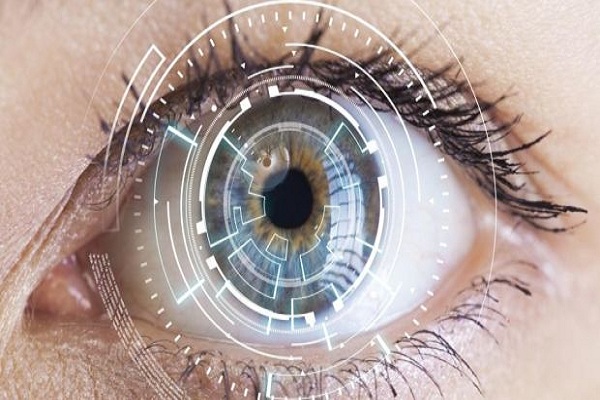The first time Parkinson’s disease can be identified several years before diagnosis, researchers have created eye scans that employ artificial intelligence to identify indicators of the ailment seven years before symptoms occur.
Dopamine levels decline in Parkinson’s, a neurological illness that worsens over time.
Despite the relatively low prevalence of Parkinson’s disease in this community, the study, published on Tuesday in the journal Neurology, employed two sizable health information databases to discover these subtle markers: the UK Biobank database and the AlzEye dataset.
The world’s most extensive collection of retinal pictures and related clinical information made up the AlzEye dataset.
Parkinson’s patients’ inner nuclear layers (INL) of the retina differed when examined after death.
Previous research has demonstrated that eye-scan data can identify indicators of various neurological disorders, such as Alzheimer’s, multiple sclerosis, and schizophrenia, deteriorating. The investigations are a part of the newly developed field of study known as “oculomics.”
Additionally, it has been demonstrated that eye scan data can identify a person’s risk for diabetes, high blood pressure, heart disease, and stroke.
In the past, doctors have performed physical examinations of the eyes because they thought the organ might serve as a “window” to the rest of the body and offer clear insight into various elements of a person’s health.
Scientists claim that now that high-resolution retinal imaging is a standard component of eye care, the data from these scans can be used to perform better analysis to learn more about the patient’s health.
In particular, optical coherence tomography (OCT), a 3D scan, is frequently employed by high-street opticians and eye clinics.
With fantastic accuracy down to one-thousandth of a millimeter, these scans may provide a cross-section of the retina, the nerve-covered screen at the back of the eye.
Retinal images can be quite helpful for keeping track of eye health.
However, because a retinal scan is the only non-invasive means to observe layers of cells beneath the skin’s surface, researchers claim their usefulness can increase significantly.
The current study discovered that a higher risk of Parkinson’s disease was linked to a reduction in the thickness of these cell layers.
In a fraction of the time it would take a human, scientists are already accurately analyzing massive quantities of OCTs and other eye pictures using powerful computers and artificial intelligence (AI) technologies.
“While we are not yet ready to predict whether an individual will develop Parkinson’s, we hope that this method could soon become a pre-screening tool for people at risk of disease,” study co-author Siegfried Wagner from the University College London said.
“Finding signs of several diseases before symptoms emerge means that, in the future, people could have the time to make lifestyle changes to prevent some conditions arising, and clinicians could delay the onset and impact of life-changing neurodegenerative disorders,” Dr Wagner said.
In addition to being non-invasive, less expensive, more scalable, and quicker than brain scans, researchers claimed the OCT approach employed in the study.












